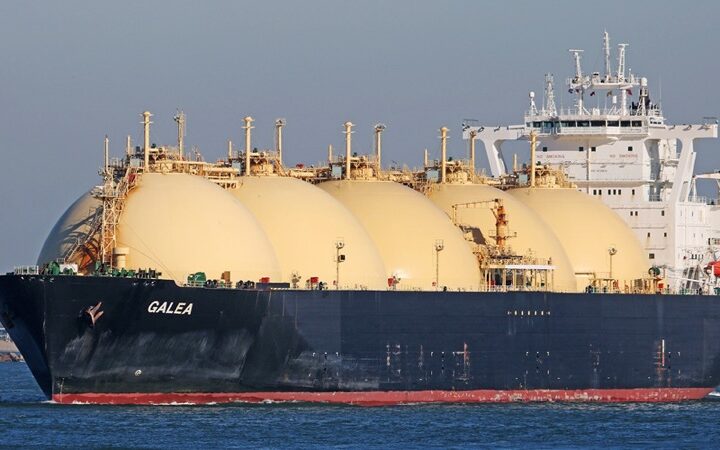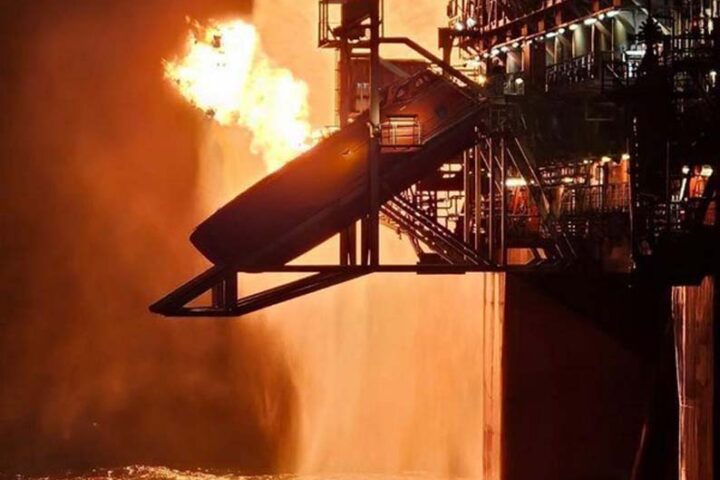.
The break-up of the present system regulating international trade is well underway. It is not just Donald Trump who is unhappy with the present system.
The statement released by the G7 largest industrial countries at their last meeting called for the elimination of “unfair trade practices”. What is the cause of such dissatisfaction?.
Trade as ‘Win-win’
The regulation of the present system of world trade is the responsibility of the WTO (World Trade Organisation). Shortly before the end of WWII, a group of nations met in the small town of Bretton Woods to establish the rules which would govern international trade in the post-war period.
Their decision was formed against the backdrop of classical Ricardian economics, i.e. lowering trade barriers to free up international trade would permit each country to specialise in what it could produce most efficiently compared to other countries (its “comparative advantage”). Production worldwide would be made more efficient; all countries would benefit.
The system seems to have met and even exceeded expectations.
Tariffs and other trade barriers have been lowered significantly. World trade has grown rapidly as a result, much faster than the world economy in general. Why then change a system which has been so successful?
A number of factors are behind the recent dissatisfaction.
Slow decision-making
WTO decision-making is slow and cumbersome. Agreement on lowering tariff barriers proceeds by way of so-called “trade rounds”. These are meetings in which all member countries are represented, and all have a vote on the proposed tariff changes. The aim is to get agreement by consent from all members.
The WTO specifies that “decisions are made by the membership as a whole”. Furthermore, it acknowledges that “reaching consensus of some 150 countries can be difficult”. This has proved to be the case.
The first attempt to reduce tariffs in 1948 required seven months to secure agreement between all 23 member countries.
Since then, the number of member countries has grown, negotiations have become more complex and the time required to reach agreement has increased exponentially. The so-called “Kennedy Round” in 1964 required more than three years to reach a new agreement on tariffs between 48 member countries.
The next to last round, the “Uruguay Round”, featured 123 members and required 13 years. After some 18 years, the 159 member countries which made up the last trade round (the “Doha Round) have yet to reach an agreement. Many experts are of the opinion that this will never happen.
Intellectual Property: A Win-Lose?
In an earlier era, national trade-focused mainly on products such as wool, wheat, oil, iron ore, etc., relatively stable items closely linked to a nation’s natural resources of land and minerals. These supported national trade advantages which changed only slowly and were relatively immobile.
Today, a nation’s trade depends less on such material resources. Ideas and innovation have become much more important in trade and trade advantage.
Apple, Google, Amazon and similar companies have started new export industries with little more in the way of resources than ideas incubated in the family garage or university dormitory. The key resources here were intellectual, the ideas and innovations which were instrumental in the establishment of such companies.
Unlike the earlier basis of trade advantage, such ideas and innovations, intellectual property, can be moved at the click of a computer button. Trade advantage cannot only be created, it can also be moved.
This changes the position of government. The present trading system was formed on the assumption that once the trade negotiations were completed, trade would take place within an agreed regulatory environment unimpeded by government actions.
The relatively new possibilities of acquiring a trade advantage provide a strong temptation for governments to become more active. They are now able to engage in strategies aimed at acquiring the intellectual ideas and know-how on which to build such an advantage.
China has been particularly ingenious in implementing such change. For at least 40 years, it has used its vast internal market as an incentive to pressure foreign investment.
To gain access to this market, most foreign investors were required to agree to cede at least 50% ownership and management control to domestic citizens.
This transferred not only the ideas and innovations internal to such companies but also their management skills and contacts with export markets. It is estimated that such foreign investment accounts for 50% of Chinese exports.
The present system of trade was founded by countries with market economies based on the assumption that market forces would determine the attractiveness of products and services for export.
The “fairness” of the system is in doubt if the state can influence the price of exports. With the growing importance of state-controlled industries, particularly in the case of China, this issue presents difficulties which raise questions as to the viability of the present system.
Future Change
The problems outlined above have not gone unnoticed. They are behind much of the recent friction and dissatisfaction with the present system.
Consensus among all members appears to be no longer viable. The result has been greater reliance on bilateral trade deals. Also, a greater reliance on forming trade groups which bargain bilaterally, such as the recent agreement between the European Union and Mercosur, the Latin American Trade group.
It is with intellectual property that the WTO system faces its greatest challenge.
The increased importance of the transfer of ideas and innovation which can influence trade is something governments cannot ignore. We should not be surprised to see the creation of a new regulatory body devised solely to deal with intellectual property.







